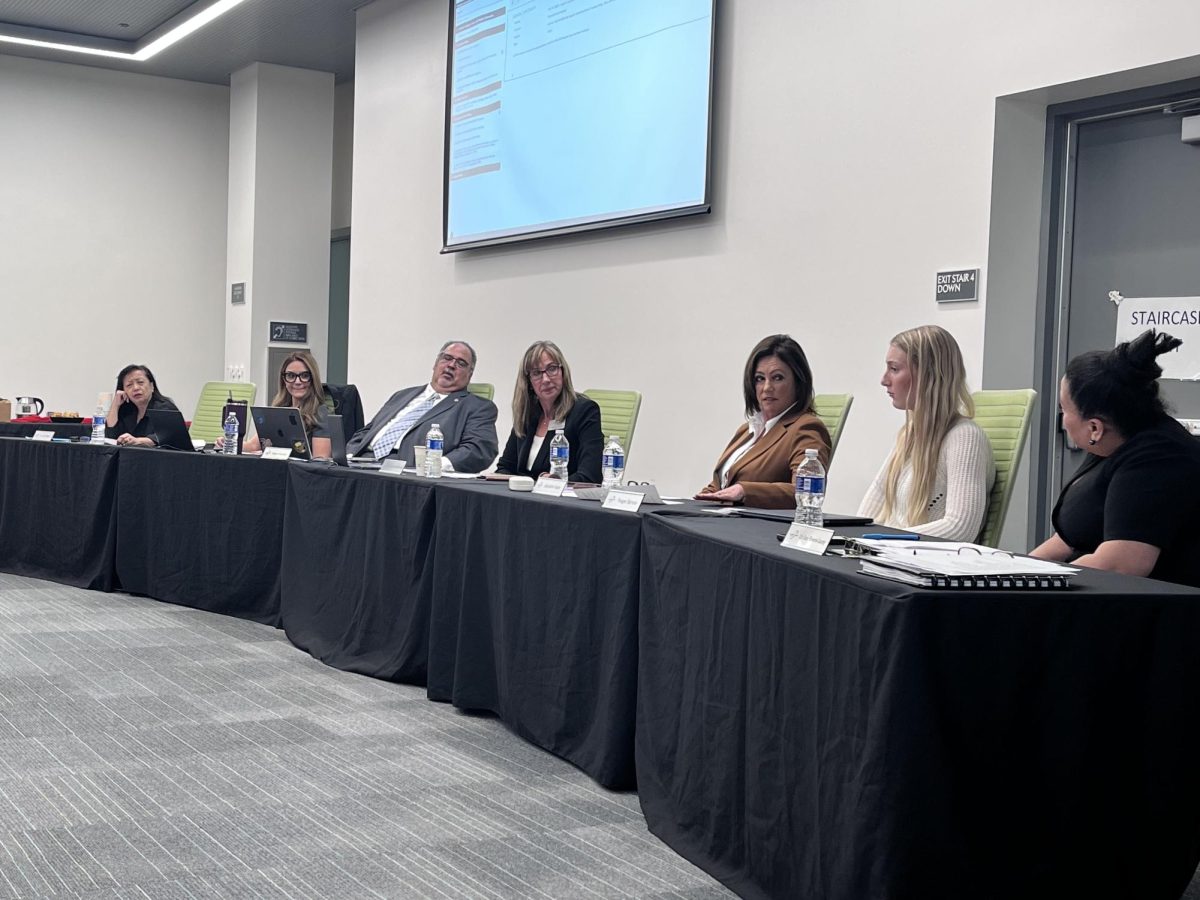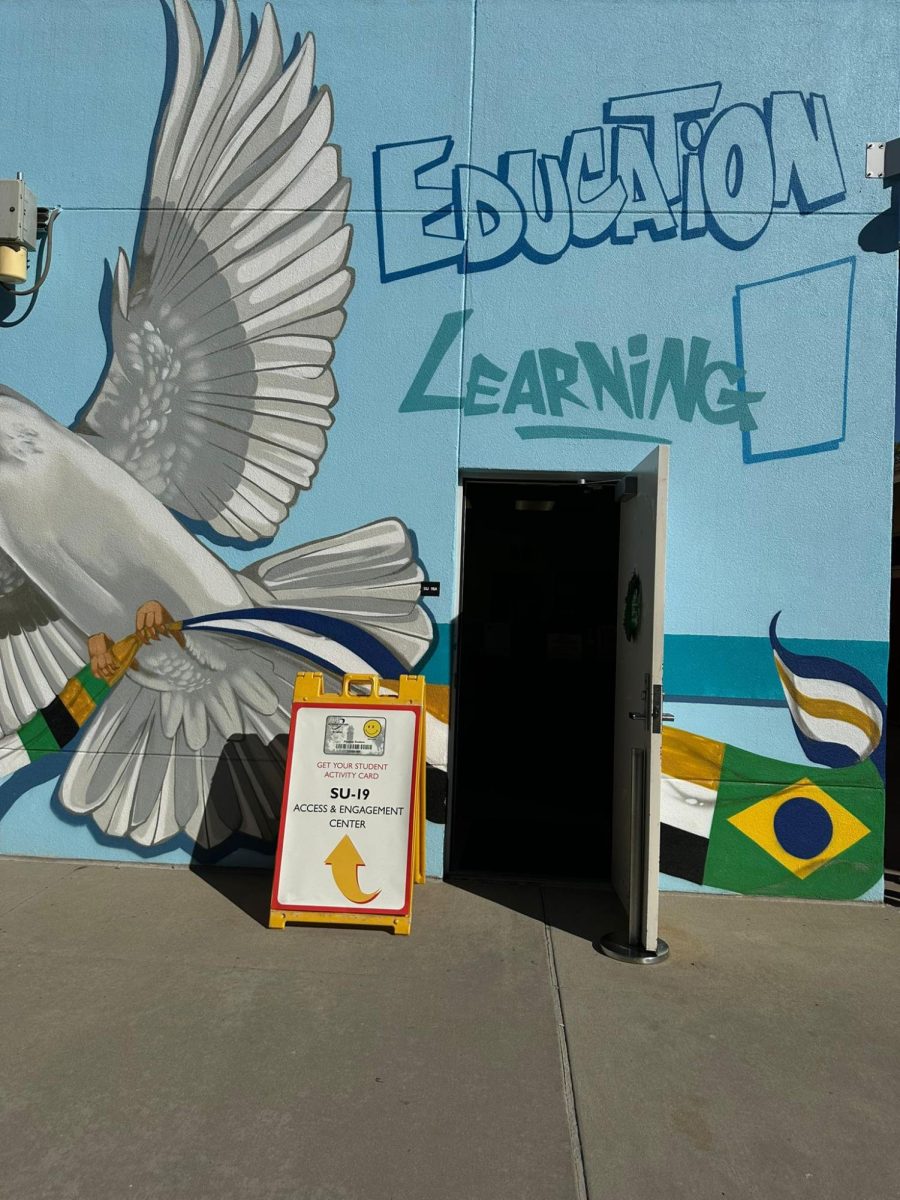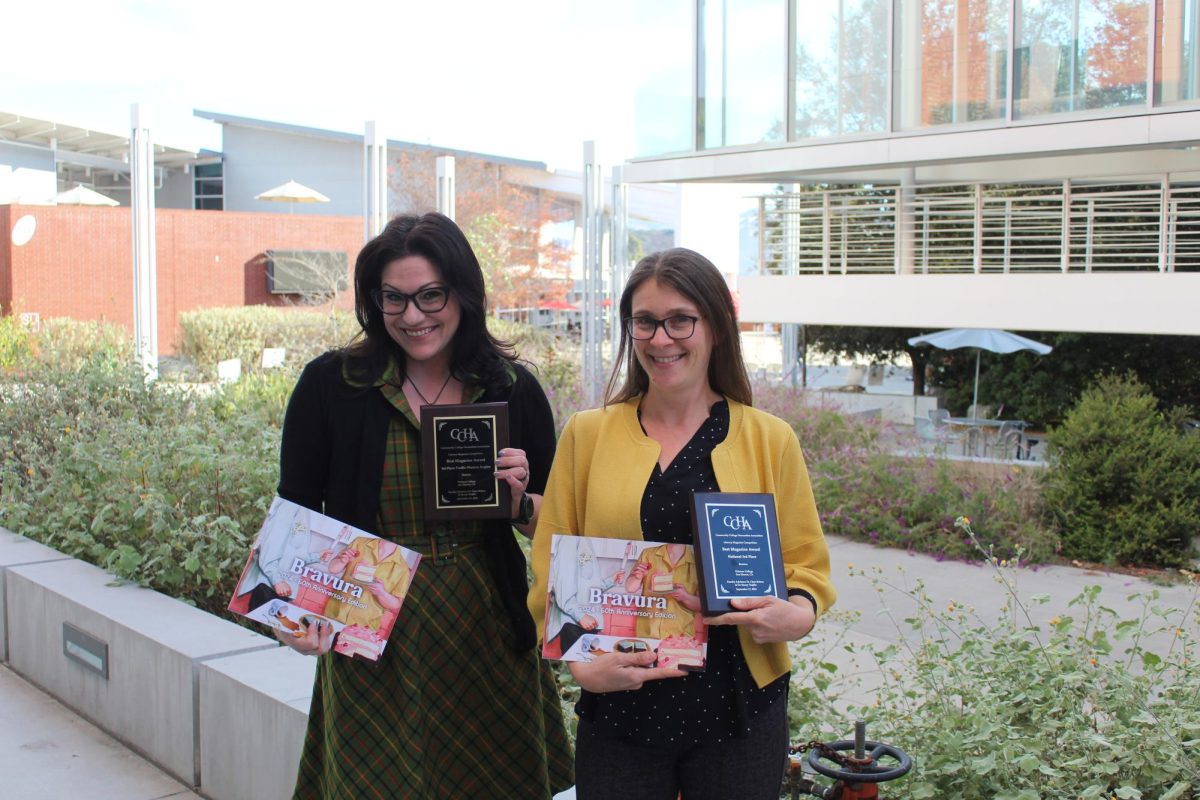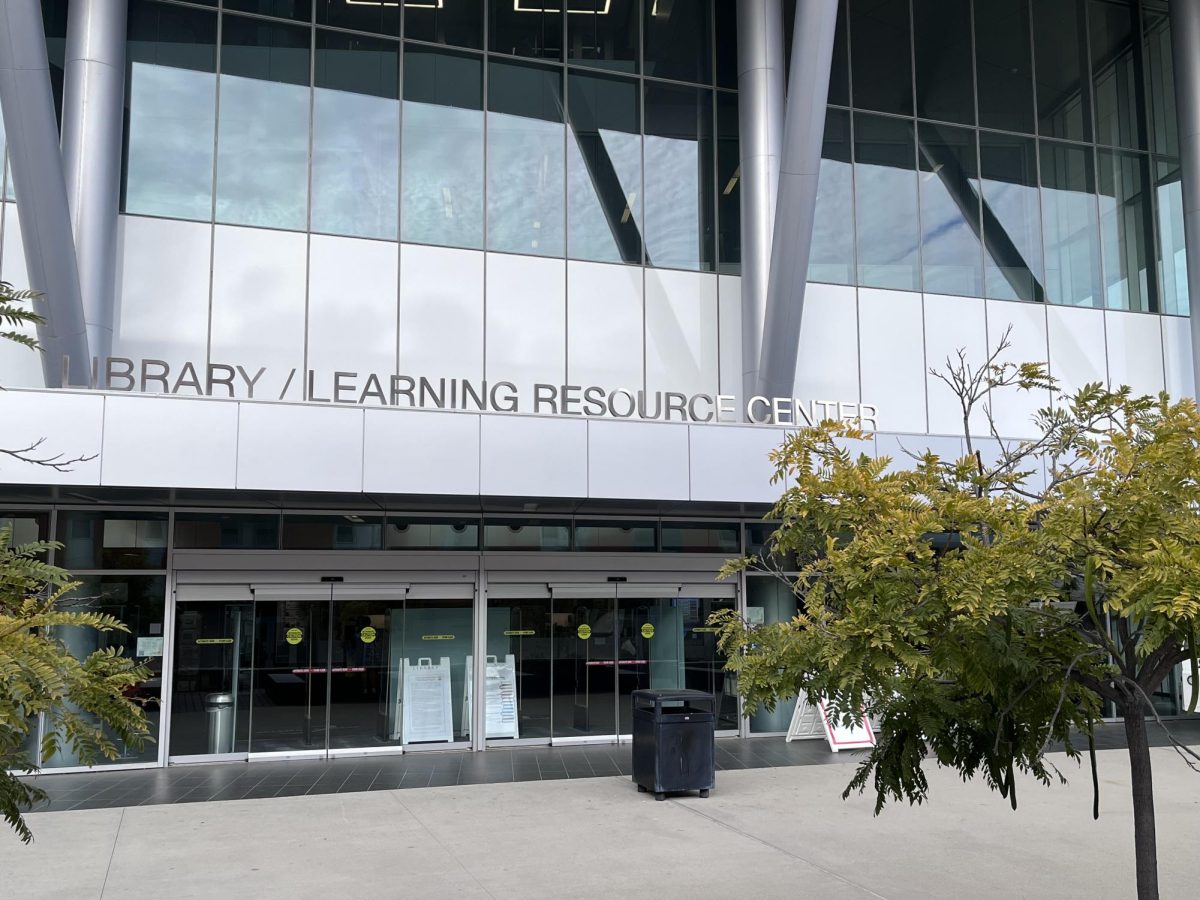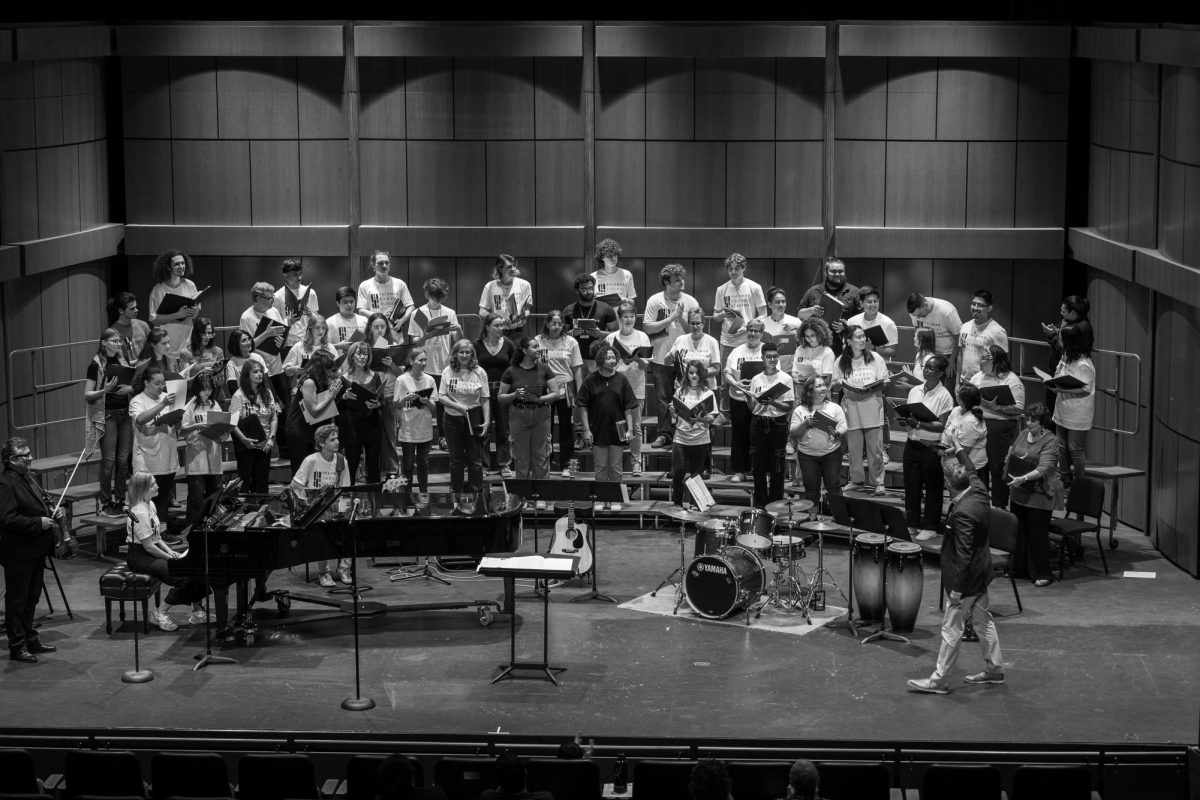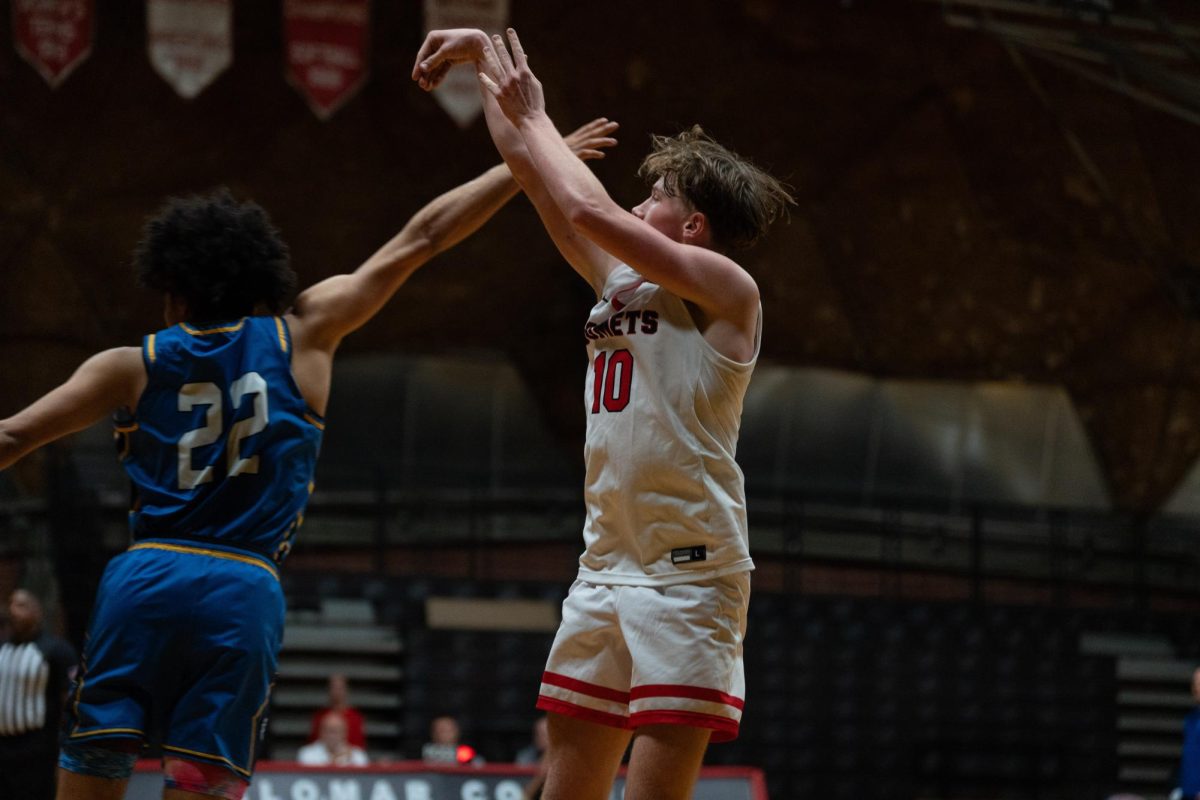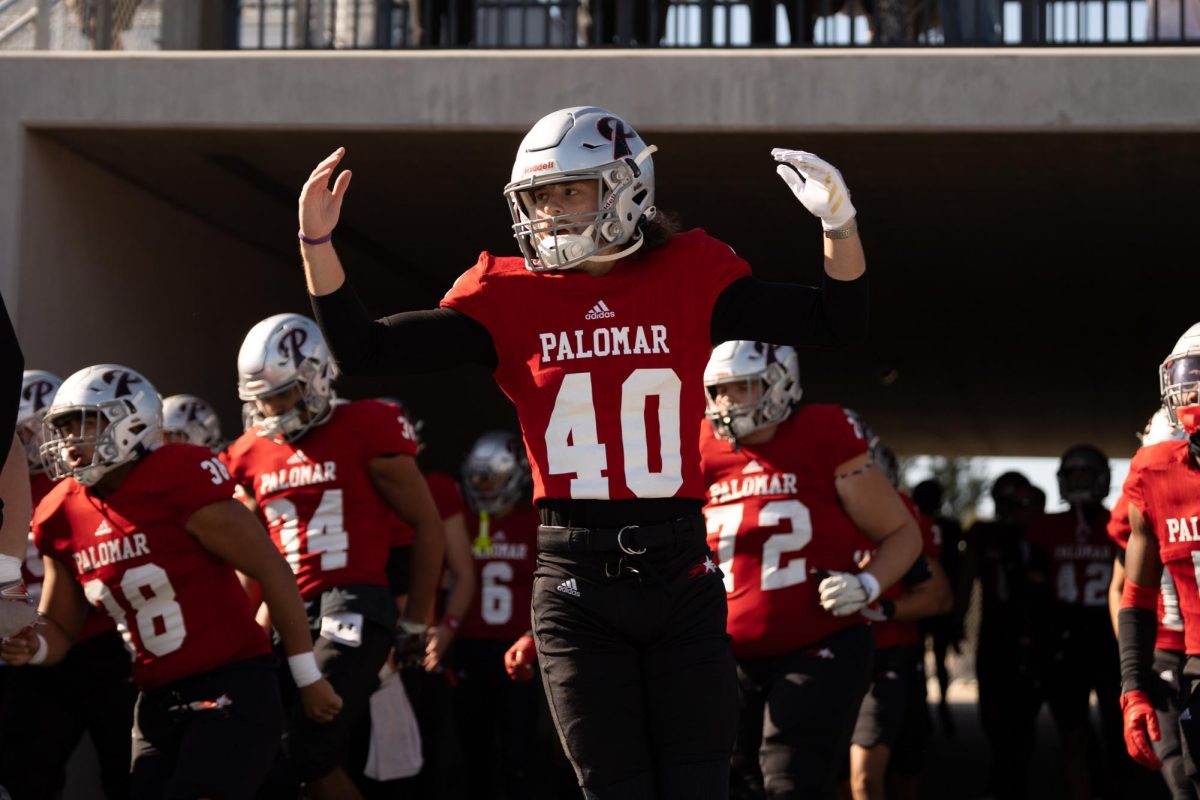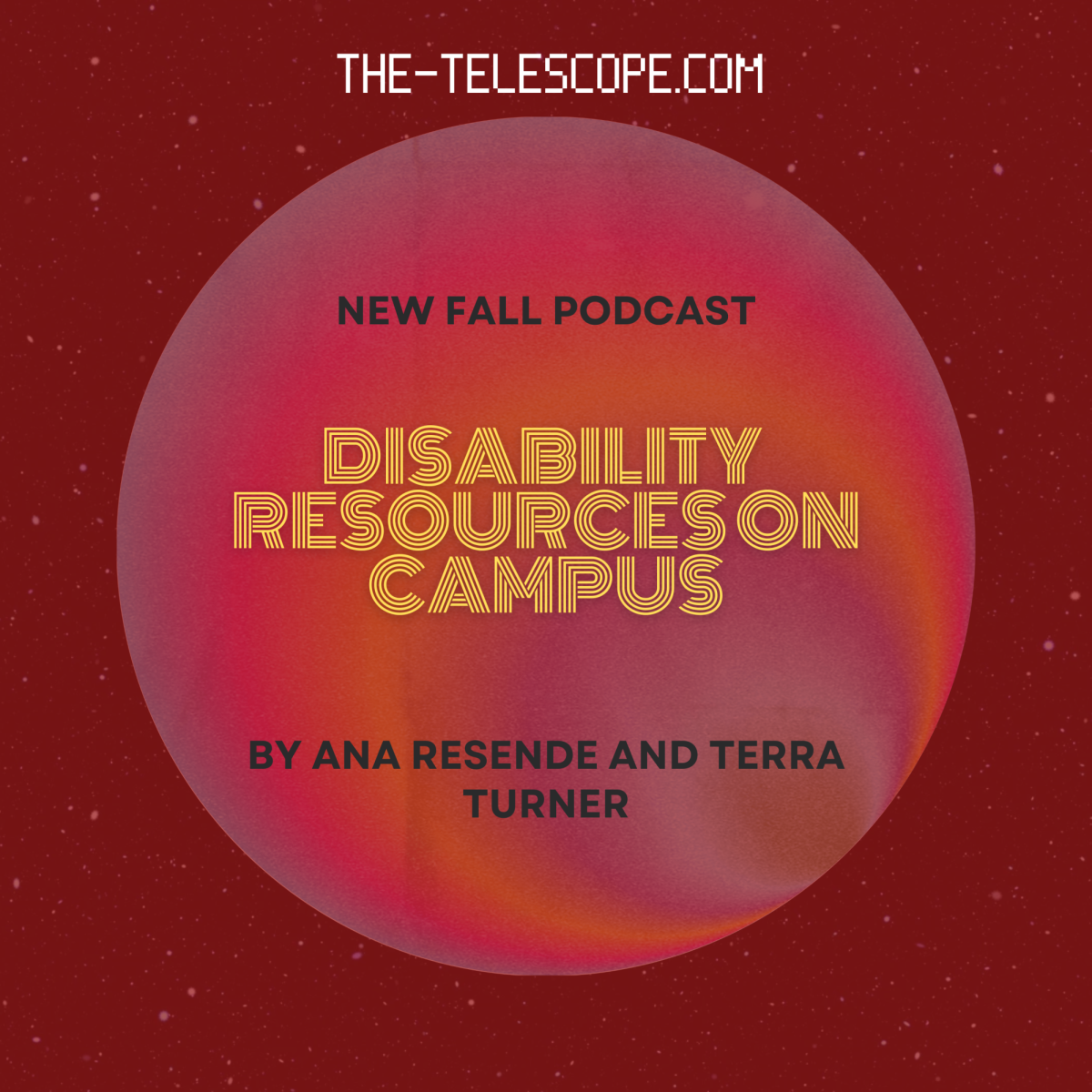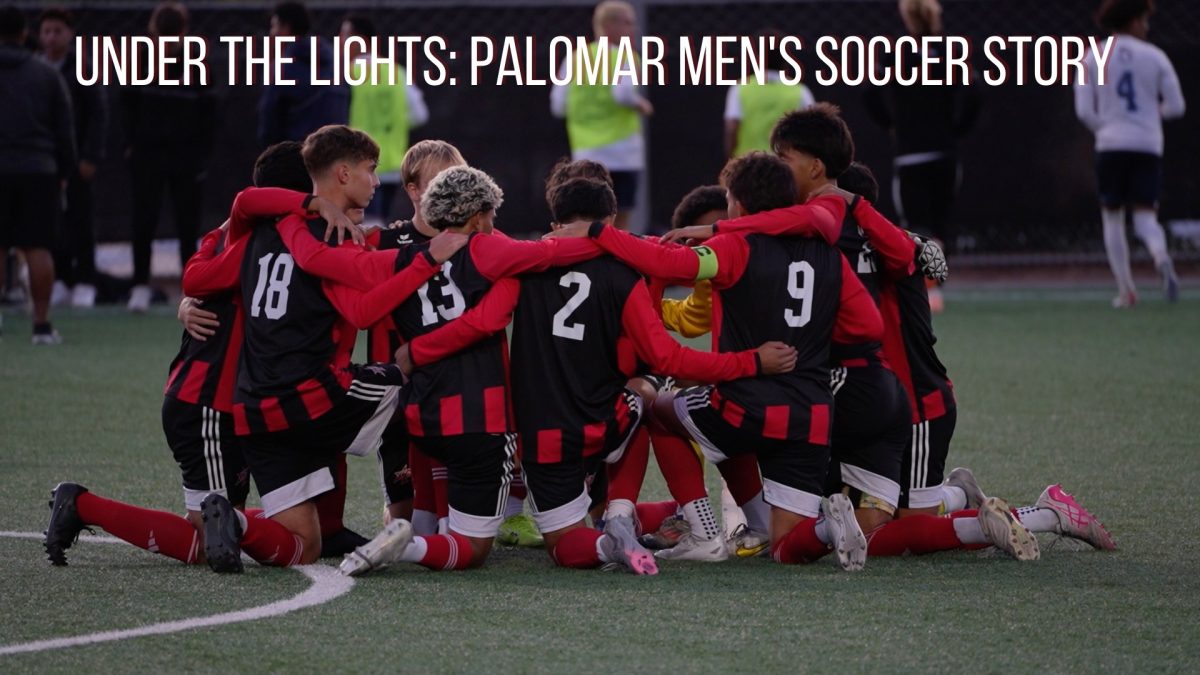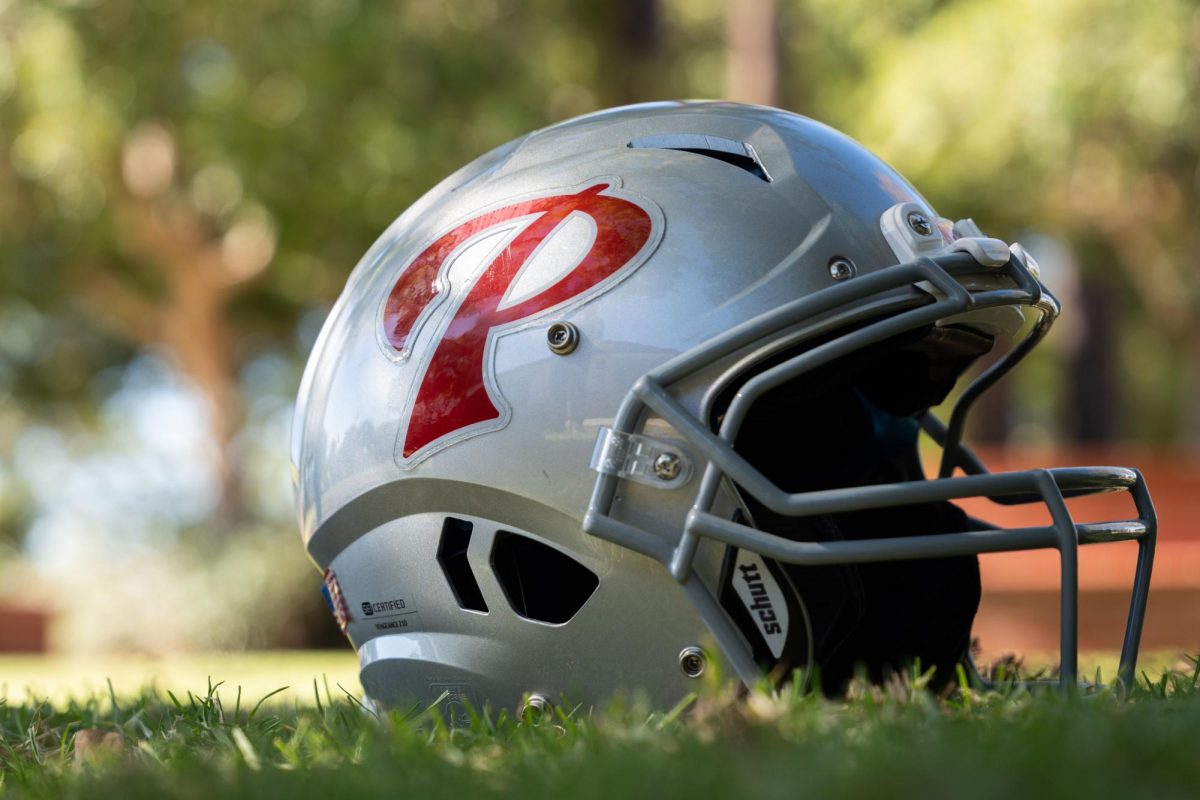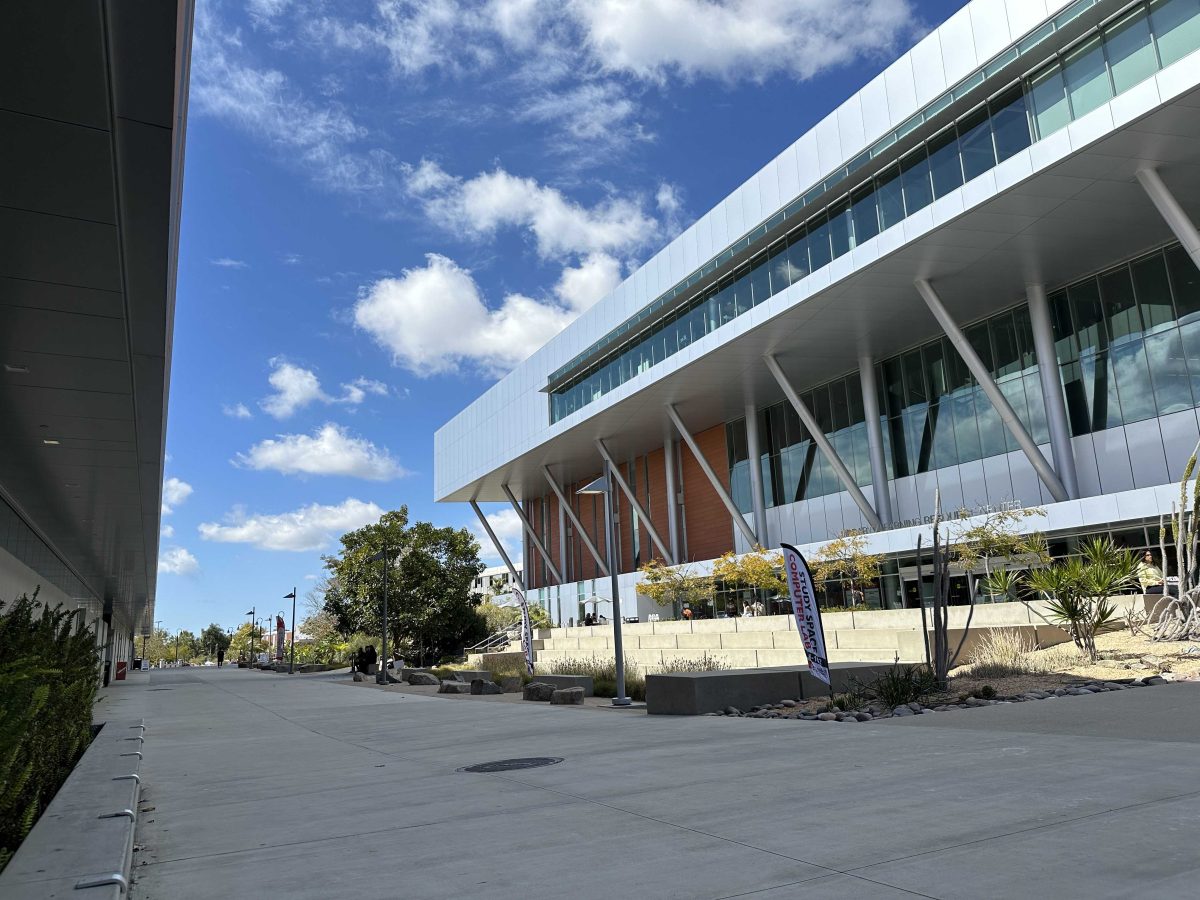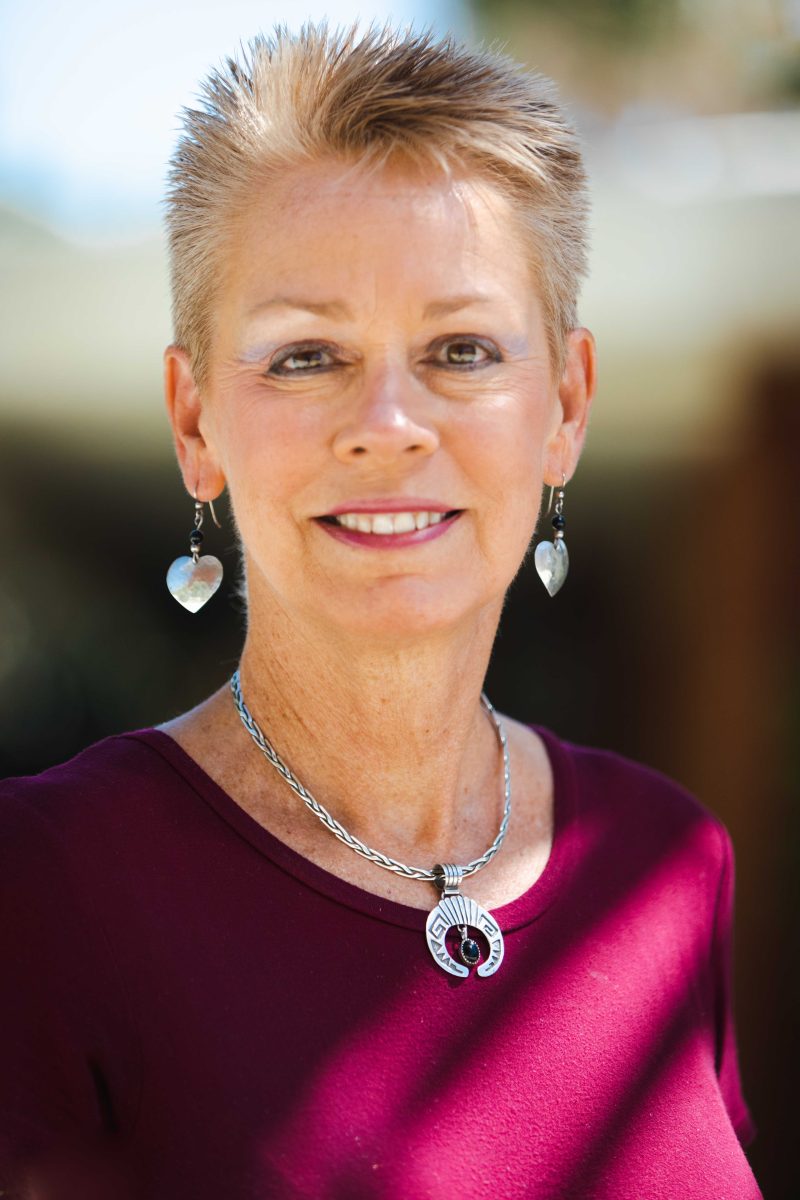Story by Morgan Davidson, Natalie Gutierrez and Jamie Martinez
Palomar is expected to receive more financial aid within the coming months to help students.
The school’s Finance & Administrative Services Division’s Internal Auditor and Analyst, Robert Threatt, went over the Higher Education Emergency Relief Fund (HEERF) II CARES funding updates and revealed information about the upcoming HEERF III funding.
Palomar College received about $30 million to use for both students’ financial aid and the college’s own expenses. HEERF II CARES is being used to start a student emergency grant. Students will receive $17.2 million from HEERF II. The other $13.2 million will be allocated to Personal Protective Equipment (PPE) and facilities, instruction and classroom, student grants, health and safety, and departmental and contingency.
The HEERF II is much more flexible than the HEERF I, which has allowed decisions to be made quicker. It must be spent in 12 months.
In addition to the HEERF II, Palomar College has about $1.3 million in other COVID-19 allocations such as the State Block Grant and CARES MSI.
Approximately half of the HEERF II has been spent on instruction/classroom and student grants.
Threatt then went over the upcoming HEERF III, from which Palomar College will be allocated another $30 million. It requires that half of this money must be given to students, who will then receive $15 million in grants.
The college itself will be able to use the remaining money for its own expenses.
HEERF III similar to HEERF II, but has some key differences:
- HEERF III requires colleges to spend a portion of the money on implementing evidence-based practices to monitor and slow the spread of coronavirus.
- The allocated money can be used to mitigate costs from declining enrollment.
- It can be used to cover closures of revenue-producing services and facilities.
- The money can be spent on COVID-19 testing and vaccination.
Professor Barbara Baer asked if this funding includes payment for students or other hourly workers to do temperature checks.
“It would be allowable,” said Interim College President Dr. Jack Kahn. ”But what we’re really hoping to do is continue to ramp up our focus on vaccinations, so that the temperature screening stations, at least in the way they are now will be less needed.”
Kahn said that faculty and management would most likely be the ones to continue to perform temperature checks along with having people do their own self-checks.
Baer feels that the faculty and management’s time would be better spent doing their usual duties and that it would be beneficial to give the temperature check jobs to students.
The deadline to spend the HEERF III has not yet been decided, but more information can be expected soon.

